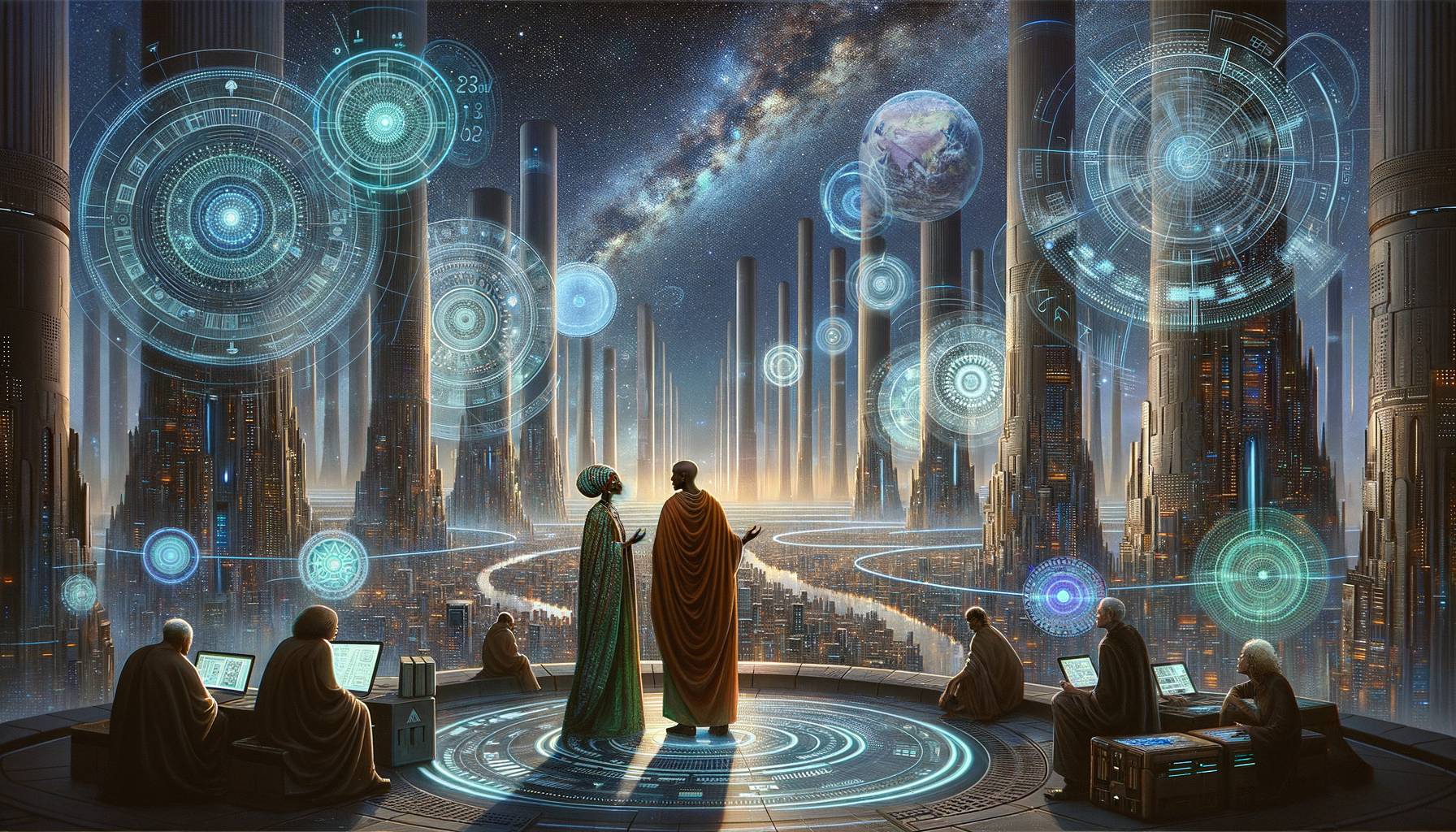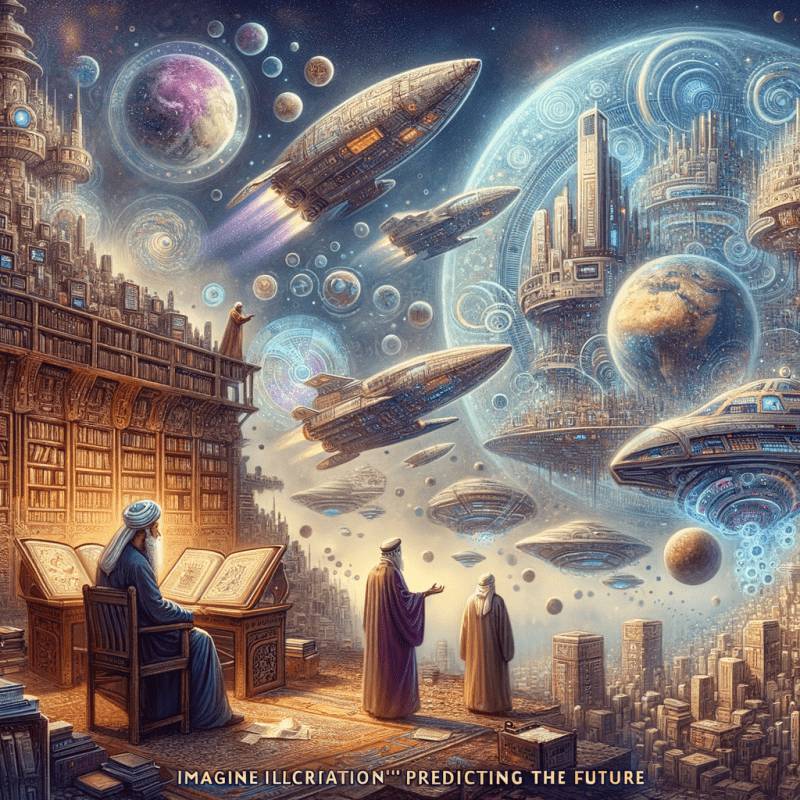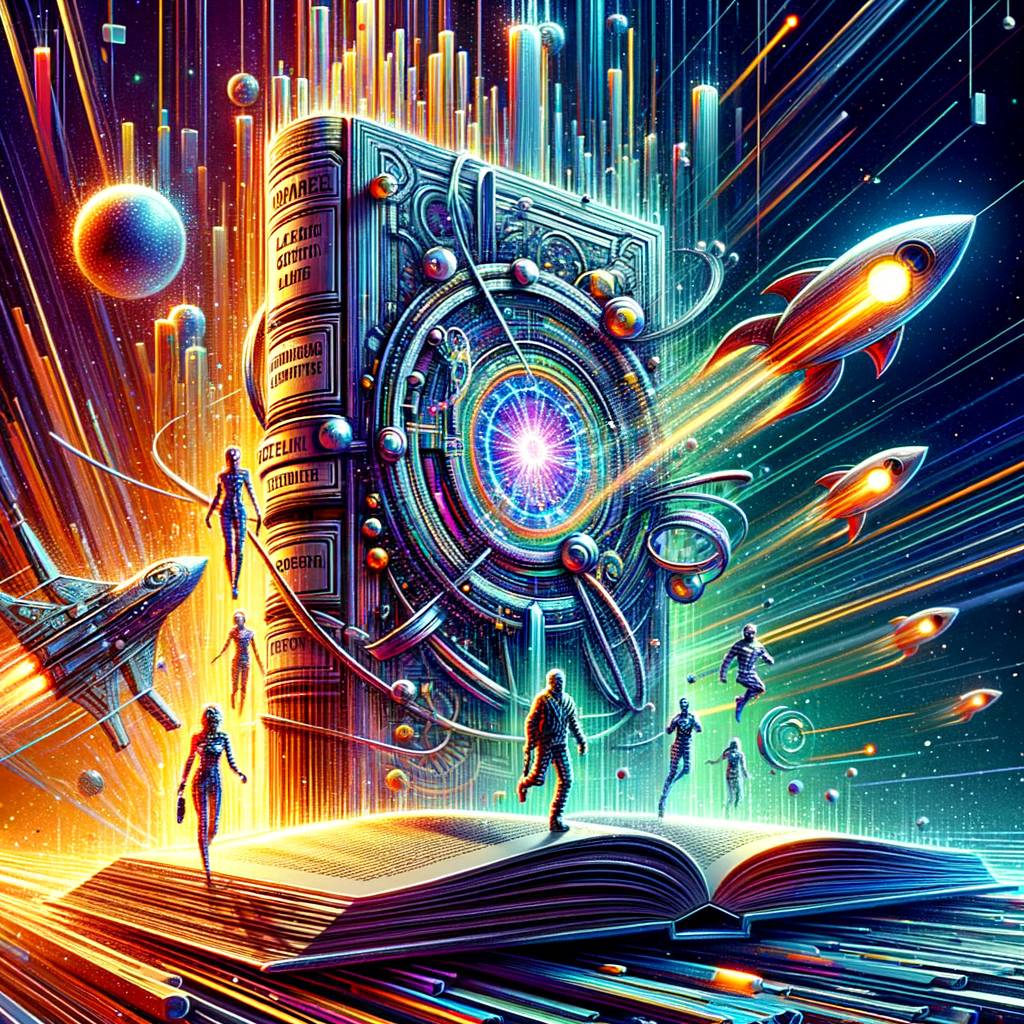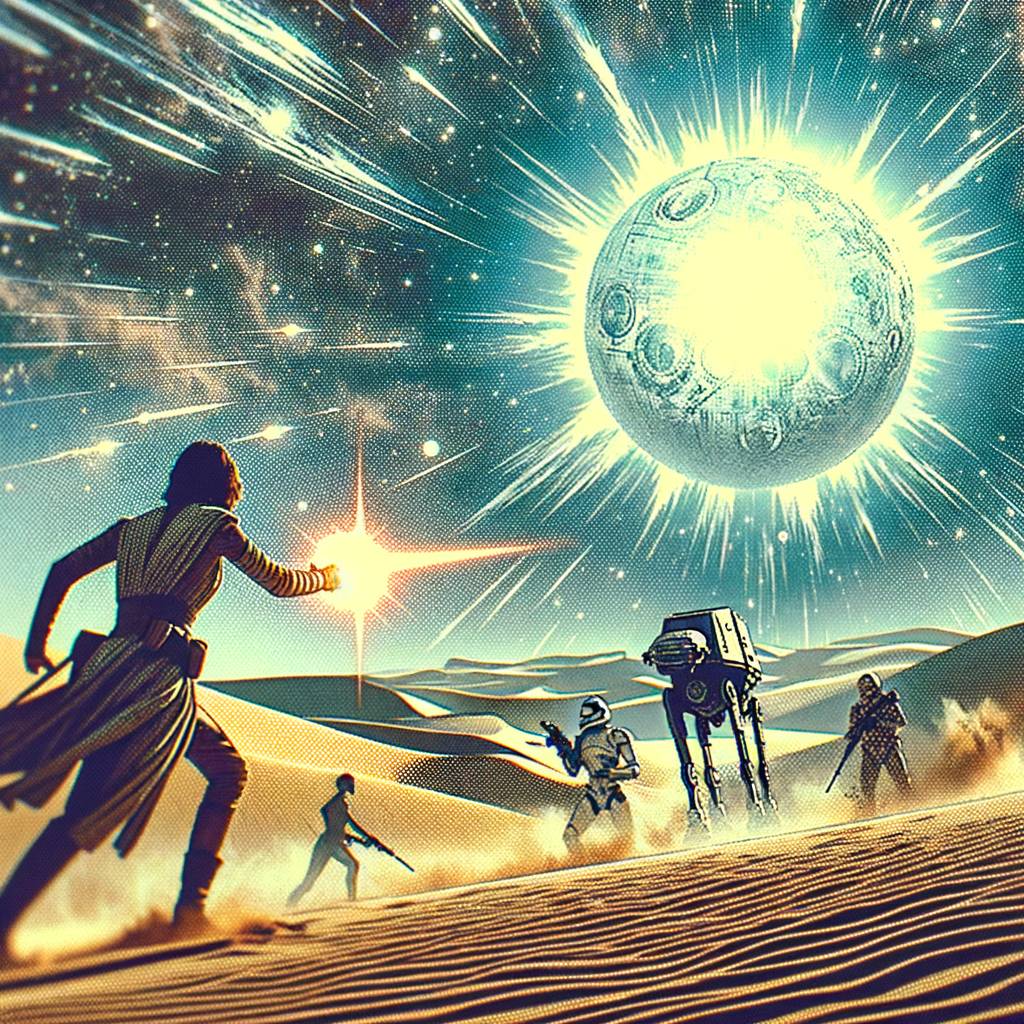Predicting the Future: Isaac Asimov’s Foundation and Historical Cycles

Isaac Asimov’s Foundation series, a cornerstone of science fiction literature, presents a fascinating exploration of the concept of predicting the future. The series revolves around the idea of “psychohistory,” a fictional science that combines history, sociology, and mathematical statistics to predict the future behavior of large groups of people. This article delves into the intriguing parallels between Asimov’s psychohistory and the real-world study of historical cycles.
Understanding Asimov’s Psychohistory
In the Foundation series, psychohistory is a mathematical science developed by the character Hari Seldon. It is used to predict the future, but only on a large scale; it is ineffective for individual predictions. As Seldon explains, “Psychohistory deals with probabilities, not certainties.”1 The concept is based on the idea that while individual actions can be unpredictable, the behavior of large groups follows identifiable patterns.
Real-World Historical Cycles
While Asimov’s psychohistory is fictional, the concept of historical cycles is not. Many historians and social scientists have observed patterns in history, suggesting that events and societal developments often follow cyclical patterns. For instance, the Strauss-Howe generational theory proposes a recurring cycle in American history, marked by periods of crisis and recovery.2
Parallels Between Psychohistory and Historical Cycles
There are striking similarities between Asimov’s psychohistory and the study of historical cycles. Both operate on the premise that large-scale societal behaviors and events are not random, but rather follow certain patterns. They also both suggest that understanding these patterns can help predict future events.
However, there are also key differences. Psychohistory, as depicted in the Foundation series, is a precise science that can predict the future with remarkable accuracy. In contrast, real-world theories of historical cycles are far less precise. They can identify patterns and suggest possible future scenarios, but they cannot predict specific events or timelines.
Implications for the Future
While we may not have Asimov’s psychohistory to predict our future, the study of historical cycles can still offer valuable insights. By understanding the patterns of the past, we can better anticipate potential future challenges and opportunities. However, as Asimov himself noted, “The future is not set. There is no fate but what we make for ourselves.”3
Conclusion
Isaac Asimov’s Foundation series offers a captivating exploration of the concept of predicting the future. While his vision of psychohistory remains in the realm of fiction, the real-world study of historical cycles shares similar principles. Both suggest that large-scale societal behaviors follow identifiable patterns, and that understanding these patterns can help us anticipate the future. However, as Asimov reminds us, the future is ultimately ours to shape.
Footnotes:
- Asimov, Isaac. Foundation. Gnome Press, 1951.
- Strauss, William, and Neil Howe. The Fourth Turning: An American Prophecy. Broadway Books, 1997.
- Asimov, Isaac. Foundation and Empire. Gnome Press, 1952.



